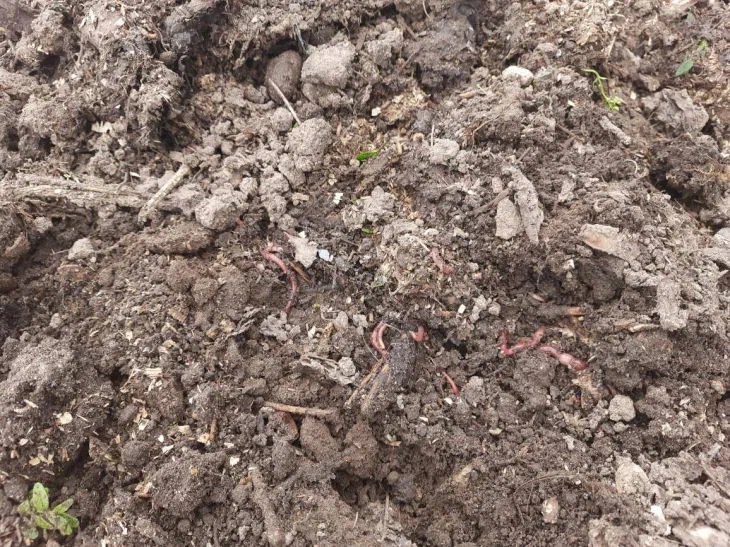How to defeat the May beetle larva without any chemicals: folk methods that work
May beetle larvae are a real scourge for gardeners, because their standard “dinner” includes berry inflorescences, roots and leaves of vegetable and garden crops.
Fortunately, there are many ways to get rid of the pest. As gardeners "from experience" say, it is not always necessary to use chemicals for this.
So, to scare away the parasite, many gardeners plant perennial lupine.
This green manure secretes substances that act as a poison on pests.
Mustard, elderberry and cruciferous plants can boast the same properties.

And if you plant white clover on your plot, you will not only forget about the existence of cockchafer larvae, but also improve the condition of the soil, since the plant is able to accumulate nitrogen.
In addition, in the fight against cockchafer larvae, you can use an infusion of onion peel.
To prepare it, take 1/3 of a bucket of onion peel, pour water and leave for 5 days. Before watering, dilute the infusion with water in a 1:1 ratio. Instead of onion peel, you can use garlic peel.
Don't forget to regularly dig up the soil to the depth of a shovel blade. This should be done in the fall and throughout the growing season to leave no chance for larvae, eggs, and May beetles.
Finally, ammonia has proven itself to be effective against cockchafer larvae.
To prepare an effective solution, dissolve 100 g of baking soda and 2 tablespoons of ammonia in a bucket of water. Water the beds during the flowering period of potatoes.
If you are worried about cockchafer larvae that have appeared on your strawberries, you need to add 20 ml of ammonia to 10 liters of water and water the spaces between the rows of strawberries or wild strawberries with this solution.
